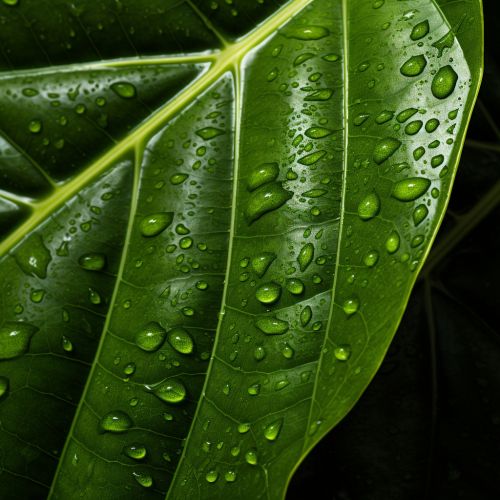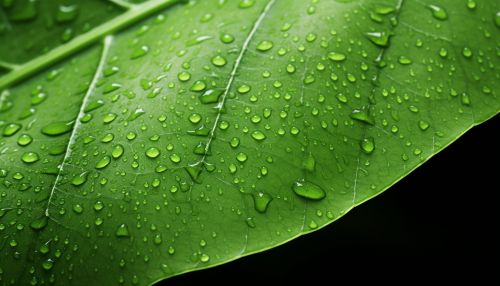Mechanisms of Plant Defense Against Pests and Pathogens
Introduction
Plants, unlike animals, are sessile organisms that cannot physically move away from harmful conditions. As a result, they have evolved a variety of defense mechanisms to protect themselves from pests and pathogens. These mechanisms are complex and multifaceted, involving physical barriers, chemical defenses, and even the recruitment of other organisms to aid in defense.


Physical Defenses
Plants employ a range of physical defenses to deter pests and pathogens. These defenses are often the first line of defense and are present even before a threat is detected.
Cuticle
The cuticle is a waxy layer that covers the outer surface of the plant, particularly the leaves. It serves as a barrier against water loss and invasion by pathogens. The cuticle is often thicker in plants that are exposed to harsh environmental conditions, such as desiccation or high levels of UV radiation.
Trichomes
Trichomes are hair-like structures that are present on the surface of the plant. They can deter pests by acting as physical barriers or by secreting chemicals that are harmful to pests. Some trichomes are even capable of injecting toxins directly into pests that come into contact with them.
Bark and Wood
The bark and wood of a plant also serve as physical defenses. The bark provides a tough, outer layer that is difficult for pests and pathogens to penetrate. The wood, particularly the heartwood, contains compounds that are toxic to many organisms.
Chemical Defenses
In addition to physical defenses, plants also employ a range of chemical defenses to deter pests and pathogens. These defenses are often induced in response to attack and can be highly specific to the attacking organism.
Secondary Metabolites
Plants produce a wide range of secondary metabolites that serve as chemical defenses. These compounds are not required for the basic metabolic functions of the plant, but they play a crucial role in defense. They include alkaloids, terpenoids, and phenolics, among others.
Phytoalexins
Phytoalexins are antimicrobial compounds that are produced by plants in response to pathogen attack. They are typically produced at the site of infection and can inhibit the growth of the pathogen.
Proteinase Inhibitors
Proteinase inhibitors are proteins that are produced by plants in response to insect attack. They inhibit the digestive enzymes of the insect, thereby reducing the insect's ability to digest the plant's proteins.
Indirect Defenses
In addition to direct physical and chemical defenses, plants also employ indirect defenses. These defenses involve the recruitment of other organisms to aid in defense.
Volatile Organic Compounds
Plants can release volatile organic compounds (VOCs) in response to pest attack. These VOCs can attract natural enemies of the pest, such as predators or parasitoids. This is known as indirect defense or 'cry for help' strategy.
Extrafloral Nectaries
Some plants have structures known as extrafloral nectaries that produce nectar. This nectar can attract ants, which in turn protect the plant from herbivores.
Conclusion
Understanding the mechanisms of plant defense against pests and pathogens is crucial for developing sustainable agricultural practices and for conserving biodiversity. It can also provide insights into the co-evolutionary arms race between plants and their attackers, and can potentially lead to the discovery of new bioactive compounds.
